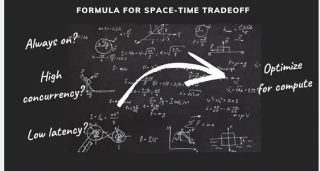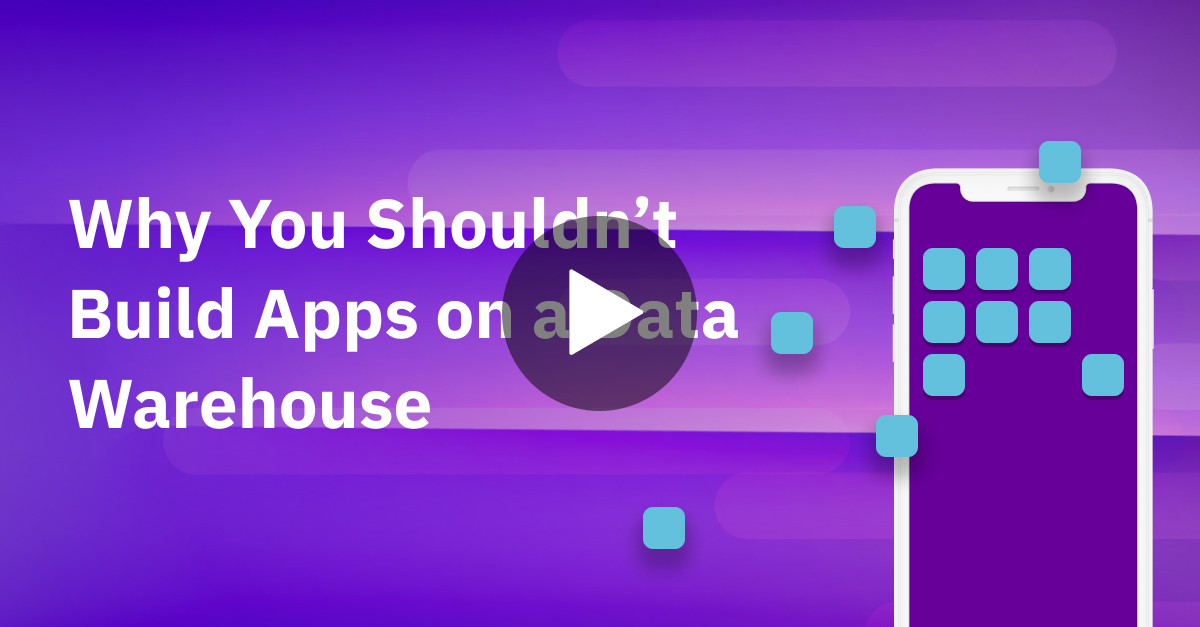Comparing Redshift and Rockset for Real-Time Analytics
10x Faster Queries
50% Lower Compute Cost
100% Guaranteed Fresh Data
Tackling the Challenges
Challenge #1:
Compute costs are rapidly growing
Redshift is storage optimized
Redshift organizes data into its compressed, columnar format. This is great for minimizing storage footprint and budget-friendly for analysts running occasional queries on batch data. However, querying data stored in columnar format requires computationally intensive scans, making it too expensive to run sub-second queries on fresh data.
Rockset is compute optimized
Rockset indexes all fields, including nested fields, in a Converged Index. The Converged Index is the most efficient way to organize your data. It's inspired by search and columnar indexes. This translates to a slightly bigger storage footprint in exchange for faster queries, lower data latency, and less compute costs. Rockset supports high-concurrency data applications using efficient indexing to reduce your cost per query.
Challenge #2:
Query speed is too slow
Redshift does full scans
Redshift has to scan through large portions of data to run each query, which means queries can take tens of seconds to run, especially as data size or query complexity grows. This growing complexity leads to slow performance for concurrent queries. Some try to accelerate performance by adding more costly compute, but even then, hit an upper bound for performance and cannot increase query speeds for true real-time analytics.
Rockset uses indexing to minimize scans
Rockset’s cost-based query optimizer leverages our Converged Index to automatically find the most efficient way to run low latency queries by exploiting selective query patterns within the indexed data and accelerating aggregations over large numbers of records. Rockset does not scan any faster than a cloud data warehouse. It simply tries really hard to avoid full scans altogether.
Challenge #3:
Data latency is too high
Redshift loads data in batches
Redshift loads data in batches to minimize compute processing, resulting in a delay before new data can be queried. Redshift tries to reduce this latency through delivery streams such as Kinesis to Redshift via Kinesis Data Firehose. However, though continuous, these solutions are both not real-time, as data might not be available for querying for many minutes, and incredibly expensive to run. This can be compounded by throughput constraints as the writes queue up if too much data is pushed through at one time.
Rockset makes data queryable within a second
Rockset has built-in real-time data connectors that guarantee data freshness, which no data warehouse has. Rockset’s built-in connectors for streaming event data from Amazon Kinesis and Apache Kafka ensure data is queryable within a few seconds. By using RocksDB LSM trees and a lockless protocol, Rockset enables writes to be visible to existing queries within a second of data being generated. In addition, Rockset separates compute needed for indexing from compute needed for queries to deal with bursty writes.
As you modernize your data stack to build more data applications, use Rockset to increase analytics speed and decrease costs.
Here are four reasons to use Rockset for real-time analytics:
Reduce compute costs by 50%
Increase query speeds by 10x
Reduce data latency to one second
100% serverless and built in the cloud
Rockset and AWS: Better Together
Rockset’s real-time analytics platform is easy to find, test, and purchase directly in the AWS Marketplace using AWS credits and can qualify against the Enterprise Discount Program (EDP) commitment.
Rockset ingests and indexes data from AWS for real-time analytics including Amazon DynamoDB, Kinesis, MSK, RDS for MySQL, RDS for PostgreSQL, and S3.
“Being able to search, analyze, and act on [our] data in real-time is mission critical for us. We have embraced a modern serverless stack, and we chose AWS partner, Rockset,” said Doug Moore, VP of Cloud at Command Alkon.
Learn moreMore from Rockset
Compare Rockset and Redshift
Connect with our solutions team to dig deeper into the architecture, indexing, data ingestion and query processing.
Let's Talk

